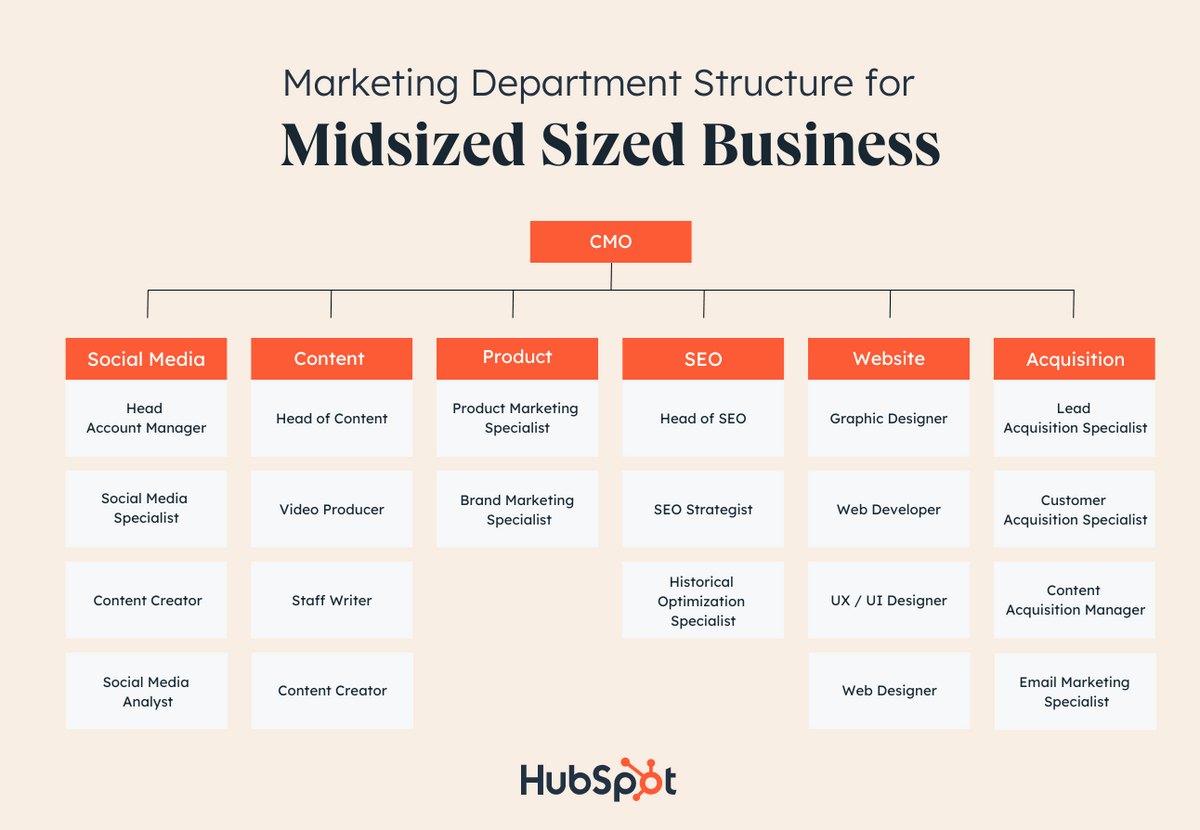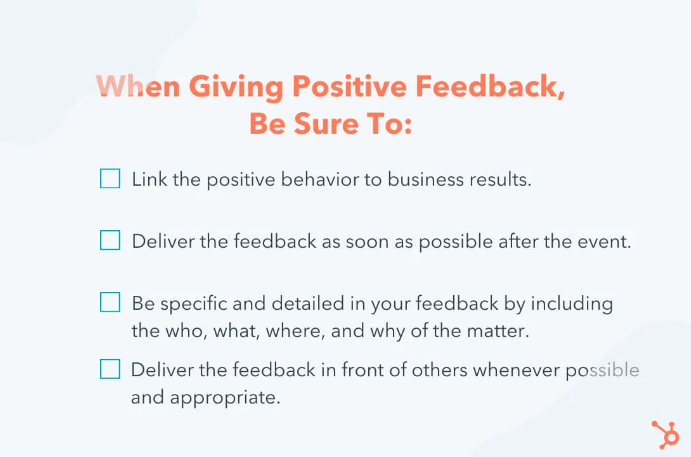
With the content creation industry at its peak, content marketing teams are becoming more diverse. They include people with complementary skills and with different roles and responsibilities.
You’re responsible for maintaining content quality and consistency as a team leader or manager. You also have to navigate shifting technologies. All that while maintaining balance and harmony between content marketing team members.
Sounds like a lot? Well, because it is.
Oh, and we didn’t mention the overall content marketing strategy and client communication.
The good news is that having a good plan and using the right tools can help you stay on top of everything. It’ll bring you, your content team, and your clients satisfaction.
In this article, we’ll explain how to easily manage a content marketing team.
Effortlessly export your Google Docs to WordPress with just 1-click.
Get Started Today
Here’s the ultimate guide that’ll help every content marketing manager. Those who are just entering the content marketing world. And those with years of experience who are trying to adapt to new trends and technologies.

A successful content marketing team requires people with diverse sets of skills. The specific roles may vary depending on your industry and company size. Here are some key roles that should be present in your content marketing team structure:
To get the most out of these roles, prioritize transforming workplace well‑being—through regular check‑ins, flexible work practices, and mental health support—to foster a resilient and high-performing team.
Now, the question is whether you should create an in-house team or hire freelancers. Everything depends on your budget and estimated workload. Both options have their pros and cons. One way to visualize this decision is by using a hierarchy chart to map out team roles and responsibilities.
The in-house staff ensures consistent work quality, and you can always rely on them. On the other hand, hiring freelancers is often more cost-effective. They also bring broad skills and expertise, making finding specialized talent for specific projects easier. If you’re evaluating potential freelancers or new team members, reviewing their past projects and their resumes can provide helpful insights into their experience and expertise.
When it comes to task management, using kanban swimlanes can ensure your team stays on track and can prioritize tasks effectively.
In addition to using Kanban swimlanes, consider implementing a workflow management system to automate tasks, assign deadlines, and track progress. This can help streamline your content creation process and ensure that everyone is on the same page.
Content managers usually work as full-time employees. However, many agencies choose to hire freelance writers or designers per project. You could also hire an external consultant if you need someone with expertise. In any case, maintaining productivity and accountability, especially when working with remote teams, may require effective employee monitoring and time tracking strategies.
More and more content teams are going fully remote. This gives them more flexibility but also comes with a specific set of challenges. If that’s your case, read this guide with helpful tips on how to manage a remote team.
Moreover, overseeing remote teams entails logistical aspects, including providing software for employees to facilitate remote collaboration and ensuring they have the requisite equipment and processes in place. This includes providing laptops, software subscriptions, and other tools essential for their work, as well as establishing procedures for remote employees returning equipment when necessary.

If you want to create a high-performance content team, you first have to make sure you’re on the same page. This refers to your strategy and content marketing goals.
You need to articulate your goals and then explain what you expect of each team member. It can be helpful to break down goals into smaller milestones and set deadlines for each. Project management tools like Asana or Trello can help you track progress. However, as the landscape of project and work management tools continues to evolve, it’s crucial to stay informed about the diverse array of options available. Platforms like Wrike and Monday.com offer unique features and functionalities that cater to specific business needs.
You can reduce manual effort by using a workflow management system to automate tasks, minimize errors, and accelerate project timelines. These systems allow teams to focus more on creative and strategic tasks while routine activities are handled seamlessly in the background.
As you consider implementing a workflow management system to automate tasks, assign deadlines, and track progress, you may also want to explore virtual office management software. This type of software can further streamline your content creation process, ensure alignment among team members, and offer a centralized platform for collaboration and communication.
While tools can help visualize tasks and timelines, the real challenge often lies in aligning people, processes, and expectations. Balancing strategic goals with day-to-day execution requires a solid grasp of project planning fundamentals. For team leads or managers looking to strengthen these capabilities, exploring a relevant project management course can be a practical way to build confidence in areas like scheduling, resource coordination, and workflow optimization.
When setting your standards, explain what quality content is for you. The best way to do so is through creating detailed guidelines. Remember to provide plenty of examples your content team can refer to.
Defining your target audience is also essential. Create one or more buyer personas according to your ideal customer(s), detailing their occupation, income, social media networks, pain points, and more. The more detailed and segmented your personas are, the more targeted and successful your campaigns can be.
One common misconception is that it’s challenging to track content marketing efforts. Especially compared to some other types of marketing, like paid advertising. But that’s simply not the truth.
Here are some helpful content marketing metrics:

Regular and constructive feedback plays a vital role in creating a high-performing team. It also helps foster continuous improvement and growth in your company.
Yet, according to Gallup, only one out of five employees has received meaningful feedback in the last week.
Chances are there’s room to implement more frequent feedback, and here are some tips to help you do so:

With the right task management software and content marketing tools, managing your team and producing content becomes less challenging. Here are some essential tools you should try out and pick the ones that work the best for you:

Upward mobility is the best way to leverage the knowledge and skills of your existing employees. It also motivates your team to improve their performance and increases loyalty.
Here are a few tips for promoting internally:

A style guide is necessary for keeping your entire team on the same page and ensuring consistency in content production. Keep your guide detailed but straightforward to avoid misunderstanding and reduce editing time.
Here are some things to include:
Documenting the entire content creation process will help you streamline your workflows. It’s also an excellent method to reduce the amount of errors.
Make sure that every team member understands what their roles and responsibilities are. For example, explain how content submission and revisions work. Also, be transparent about the consequences of not respecting deadlines.
Don’t limit yourself to written guidelines. Instead, include plenty of screenshots to illustrate every step and even video tutorials if needed.
It may initially seem like a lot of work, but it’ll save you time in the long run. You can use those materials for the onboarding process. That way, your content manager won’t have to repeat the same things to every new employee.
Delighting your clients begins by ensuring the happiness and satisfaction of your employees. Happy employees aren’t just more productive, they’re the driving force behind a thriving marketing agency.
When asked what they’d change at their current workplace, most answers fell into one of the following categories: engagement and culture, pay and benefits, and well-being.

Here’s how to take care of your team:
Content marketing teams also evolve as the content creation industry grows and develops. Their roles and responsibilities are diversifying. As a manager or leader, you now have multiple roles and must ensure that everything runs smoothly.
You can do so by:
Following these suggestions will make navigating the fast-changing digital marketing landscape easier. It’s also a great way to increase employee satisfaction. Remember that happy employees are the foundation for your company’s success.